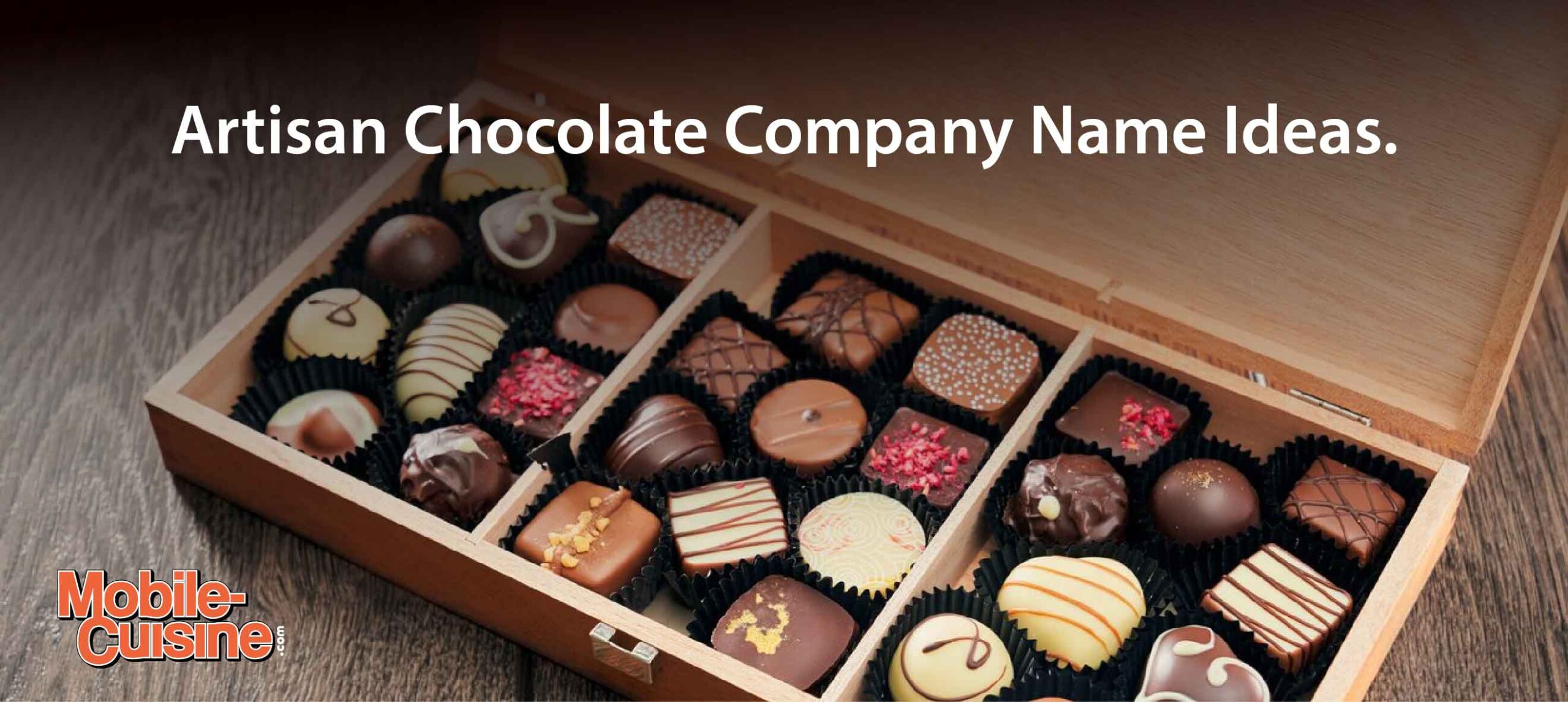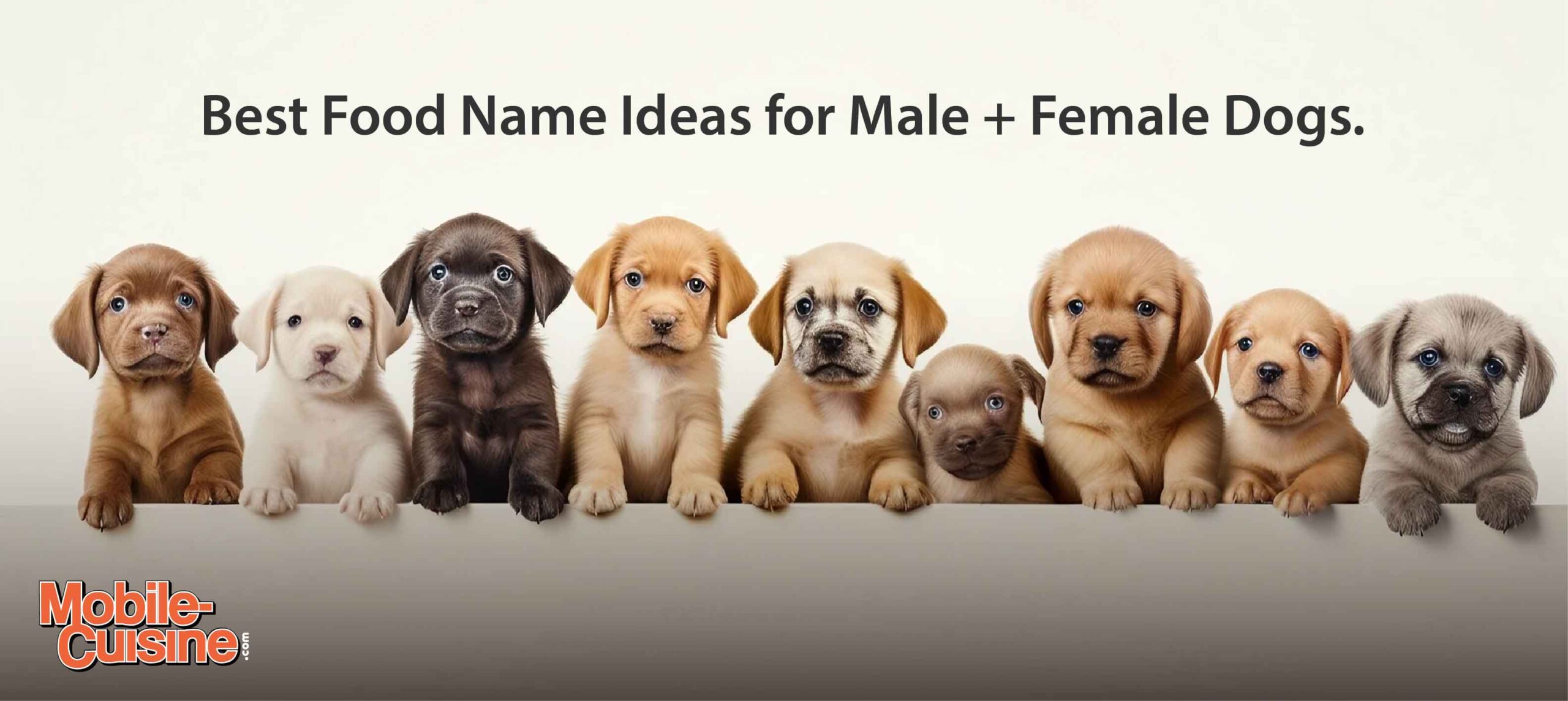Frequently, I get asked about the top food trucks in the country. For many of them their concepts have a number of things in common. They tend to have a huge social media presence. Or they tend to have high check averages; often in high-volume, popular food truck cities such as Los Angeles, Houston or Boston. There are certainly some exceptions, of course. But there’s another thing that many of the top food trucks have in common, and that’s a backstory.
The Importance Of Sharing Your Backstory
Every food truck has a story to tell, something that will connect potential customers to your brand. As a food truck owner in the social media age, you have an opportunity to draw devoted customers by rethinking the way you express your food truck’s core value.
In order to engage customers, you need to create an emotional pull. Try these tips to articulate your core value and humanize your brand’s backstory.
Expand your idea of value.
To stand out in today’s food truck market, define your value in human terms, not in business terms. Food trucks often look at their core value in direct correlation with sales. That commercial carrot is very distracting to who they are and who they could become.
Your real value is about what you believe in, what you’re trying to do in the world, and how you make others’ lives better. You need to drill down to why you matter.
For example, ask yourself: How are your menu items created? What is your food truck culture? You’re looking for the thing that your food truck organization truly cares about. This will be the aspect of your mobile food business that makes you unique and valuable.
Establish common language.
Your food truck’s core value is like your vision. Everyone needs to be on the same page. You and one of your staff may describe the company totally differently. Common language creates internal alignment about who you are.
Ask a handful of your staff (or even trusted customers) to share five adjectives they’d use to describe the truck and two aspects of the business that are unique or valuable. Look for themes and build them into a clearly defined description.
Give your food truck a human voice.
Once you know why you matter and how to describe your value, choose the type of person that could best deliver that message. You’re creating a persona. Is it feminine or masculine? Mainstream or quirky? Opinionated or open minded? If your food truck was a human, who would it be and what would it care about?
This clarity leads to a real and relatable persona that helps you build a loyal customer base. The food trucks that have been most successful in the social space have humanized their truck.
RELATED: Learn How To Build Your Food Truck Brand Story
The Bottom Line
You don’t need to have a long history or be run by a famous chef to capture a consumer’s attention. Over the years vendors have told us that word of mouth and personal recommendations, whether from consumers or local food bloggers, were a key driver of traffic and sales. And customers, in particular, are more likely to evangelize about your truck if there’s an interesting backstory to tell.
The point of this article is to make sure you share your backstory, whatever it is. We offer tips on how to tell your brand story. Because, while it’s important that customers know what’s on the menu, what resonates is what you stand for and how you communicate it.
Share your backstory with our readers on social media. Facebook | Twitter




